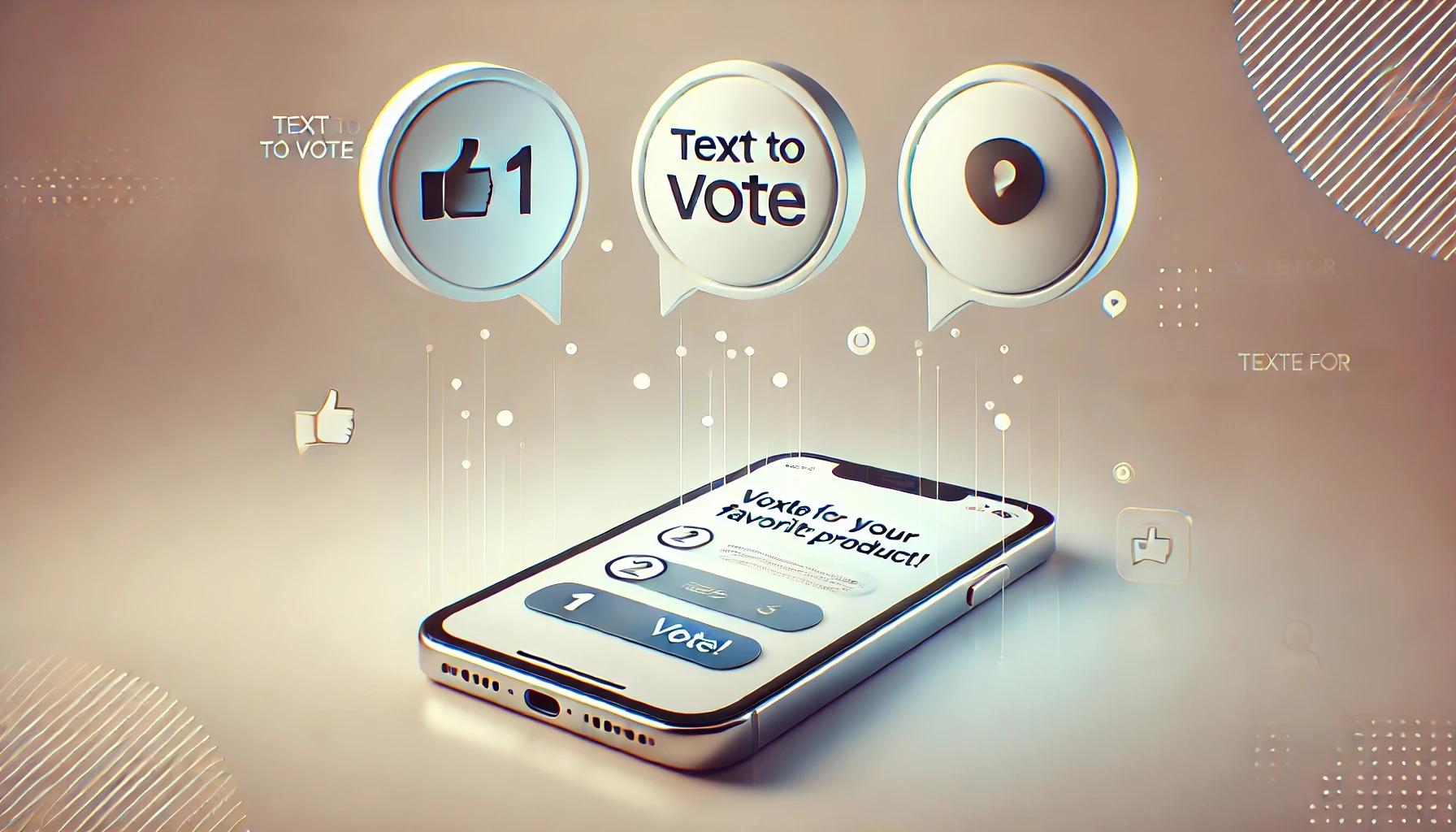Table of Contents
- Why SMS Messages Cost Money
- How SMS Messages Are Charged & Key SMS Billing Rules
- Understanding the Carrier Fee Breakdown
- Standard Message Rates in the United States
- Multi-Part SMS, Special Characters & the Character Limit
- MMS Pricing, MMS Carrier Fees & Additional Costs
- Choosing the Right Number Type
- Real-World SMS Pricing Examples
- Reducing Texting Costs for Small Business
- Deliverability & Ensuring Compliance
- Key FAQs
- Takeaways & Next Steps
Sign up to Whippy
See how Whippy can work for you business

Why SMS Messages Cost Money
Every time you send text messages, the content travels across a carrier’s network. Carriers build, secure, and maintain that infrastructure, so they apply carrier fees (also called A2P fees, SMS carrier fees, or just SMS fees) to offset those costs and discourage spam. Bottom-line: SMS communication isn’t free—carriers charge the sender for each segment, whether it’s a marketing blast or a one-time passcode.
How SMS Messages Are Charged & Key SMS Billing Rules
Understanding how SMS messages are charged comes down to three stacked layers that make up the modern SMS billing rules:

Always ask vendors for a transparent carrier fee breakdown and line-item invoices to see precisely who keeps what.
Understanding the Carrier Fee Breakdown

Numbers shift each quarter and vary depending on traffic class, region, and compliance status.
Standard Message Rates in the United States
When businesses ask “what are standard message rates?” they usually mean registered 10DLC traffic:
- SMS fees: $0.007 – $0.015 total (base + carrier) per outbound segment.
- MMS pricing: $0.005 – $0.010 MMS carrier fees plus vendor margin.
- International traffic carries higher SMS charges for inter-carrier termination.
Multi-Part SMS, Special Characters & the Character Limit
A single GSM-7 segment holds 160 characters. Add an emoji or accented “é” and you switch to UCS-2, dropping the limit to 70. That shift triggers multi-part SMS charges—each extra segment multiplies your bill. Because special characters SMS cost more, a 180-character emoji-filled promo quickly becomes three segments and three times the fee.
💡 Pro tip: preview segment counts with Whippy’s free Message Segment Visualisation tool before pressing Send.
Need deeper insights? See our complete guide to SMS message segments.
MMS Pricing, MMS Carrier Fees & Additional Costs
MMS lets you send images or 1,600-character texts, but convenience brings additional costs:
- MMS carrier fees in Section 4.
- Transcoding surcharges for files > 300 KB.
- Some networks bill inbound MMS—double-check your vendor’s terms.
If rich media isn’t essential, a shortened link can avoid these MMS pricing add-ons.
Choosing the Right Number Type

Choose wisely—right-sizing number type can cut SMS costs by 30 % or more.
Real-World SMS Pricing Examples

*Estimates include platform margin; actual amounts vary depending vendor contracts. These sms pricing examples highlight why segment management matters.
Reducing Texting Costs for Small Business
- Register campaigns early—unregistered traffic faces punitive carrier fees.
- Trim copy to one segment and avoid unnecessary emojis to skip multi-part SMS charges.
- Buy SMS credits quarterly to lock-in lower rates.
- Audit delivery reports quickly; under SMS billing rules failed texts may still appear on your invoice if you don’t dispute them.
Deliverability & Ensuring Compliance
A 98 % open rate means nothing if customers never receive messages. Protect your sender reputation:
- Collect explicit opt-ins and save consent timestamps.
- Honor opt-out keywords within one business day.
- Rotate templates to dodge spam filters and ensure compliance with TCPA & CTIA.
Key FAQs
Q: What is SMS fees? / What are SMS fees?
A: They’re the combined base cost, carrier fees, and platform margin you pay per message.
Q: Fee SMS vs. carrier fee?
A: “Fee SMS” is shorthand some carriers use for their pass-through surcharge; it’s one part of your total bill.
Q: How do multi-part SMS charges work?
A: Each 160-char GSM or 70-char UCS-2 segment is billed individually—you pay for every segment sent.
Q: Why do special characters increase cost?
A: They force UCS-2 encoding, creating extra segments and higher fees.
Takeaways & Next Steps
“Standard” rates change often—review each quarter.
Encoding, segment count, and number type can double—or halve—your cost per text message.
Whippy’s dashboard exposes every SMS charge (and MMS carrier fees) in real time, so you can act before overspending.
👉 Ready to tame your texting costs?
Request a personalized Whippy demo and see every segment and fee—down to the last cent—before you hit Send.
Table of Contents
Table of Contents
- Why SMS Messages Cost Money
- How SMS Messages Are Charged & Key SMS Billing Rules
- Understanding the Carrier Fee Breakdown
- Standard Message Rates in the United States
- Multi-Part SMS, Special Characters & the Character Limit
- MMS Pricing, MMS Carrier Fees & Additional Costs
- Choosing the Right Number Type
- Real-World SMS Pricing Examples
- Reducing Texting Costs for Small Business
- Deliverability & Ensuring Compliance
- Key FAQs
- Takeaways & Next Steps
Sign up to Whippy
See how Whippy can work for you business
Related Articles

What is 10DLC? 10-Digit Long Code Meaning & Key Requirements

What Is Hosted SMS?

Insurance Automation & SMS Deliverability Guide

10DLC Campaign: Max Phone Numbers You Can Add

Text to Vote for your Favorite Product - Example
